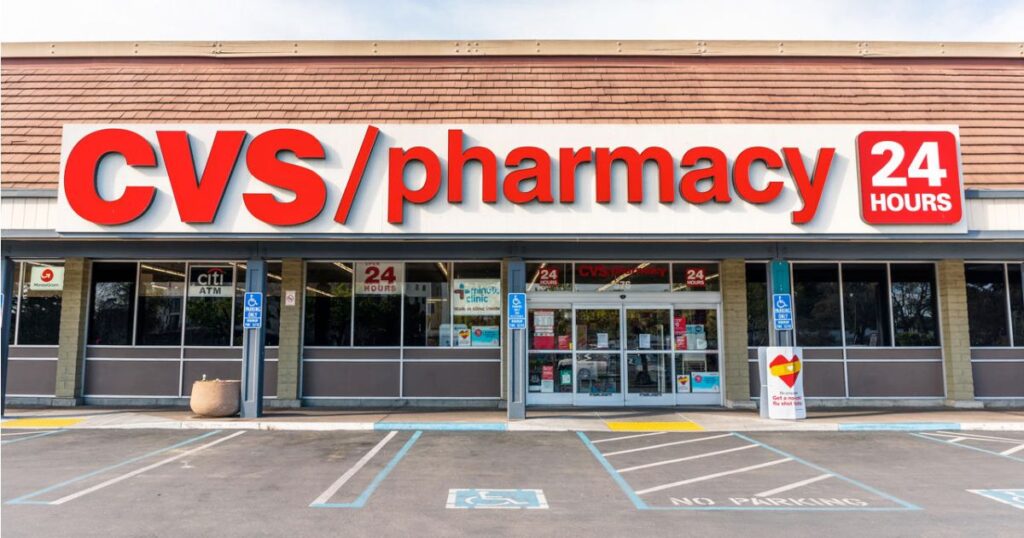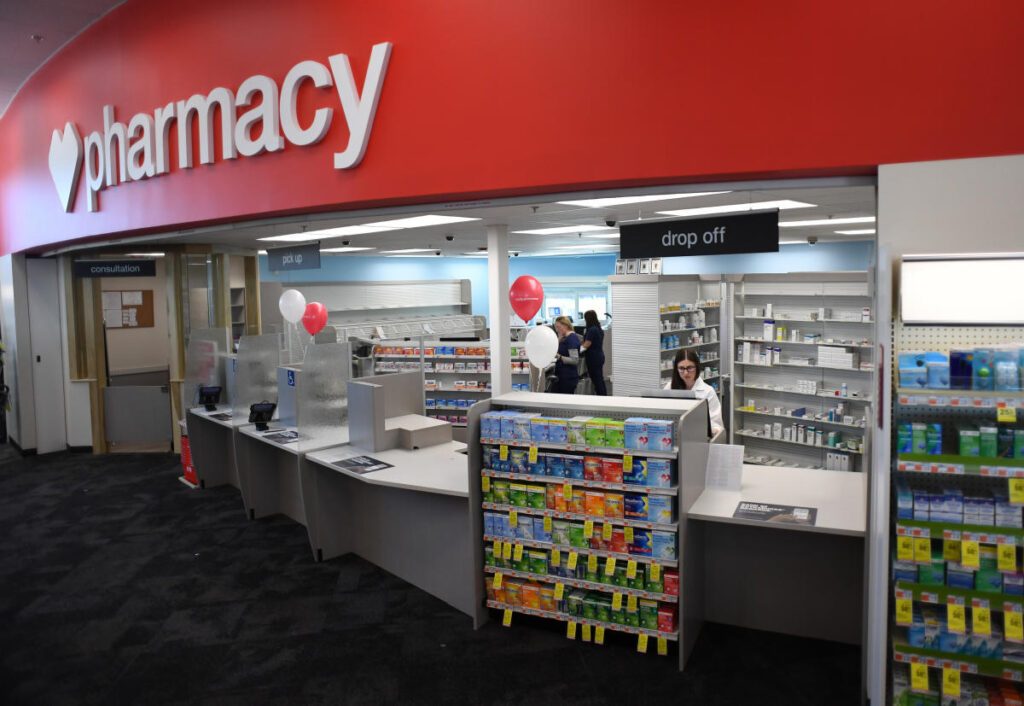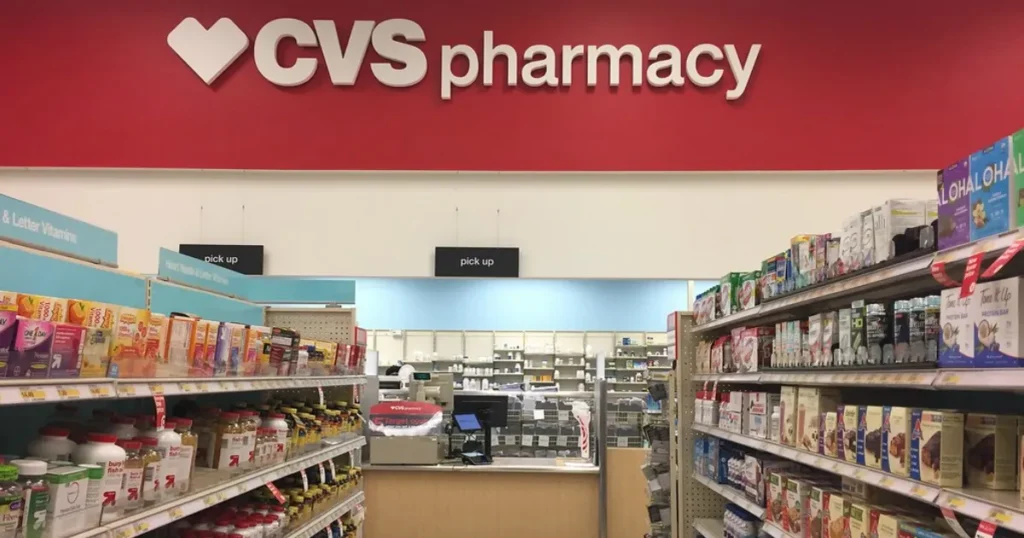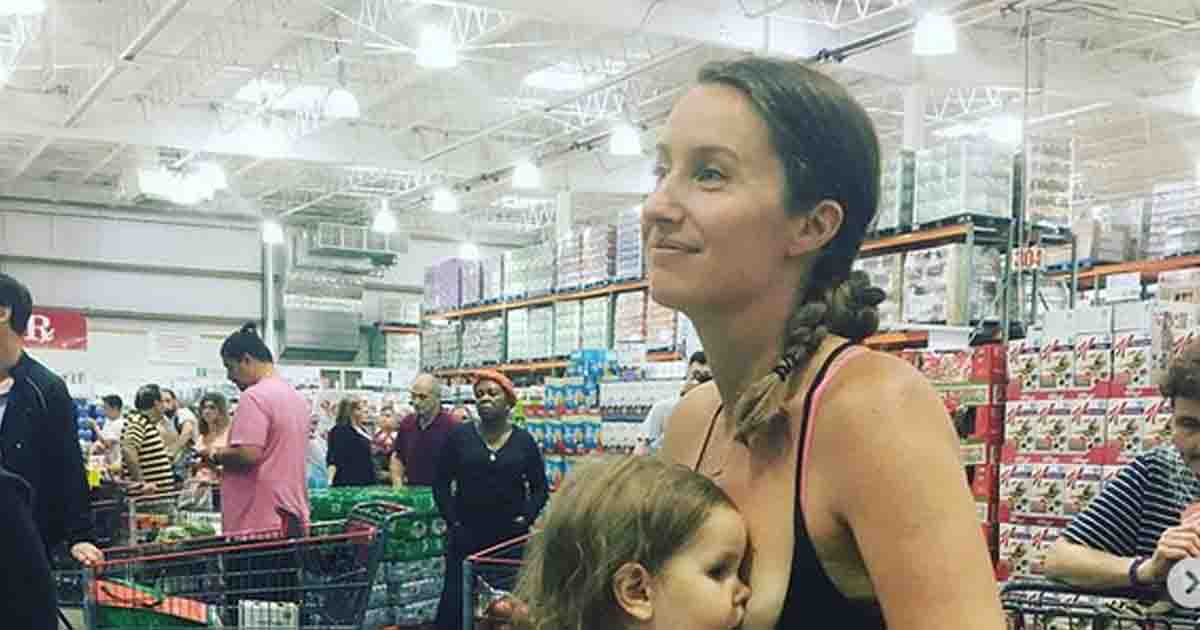CVS reveals it’s closing stores for good
Find out why CVS is shutting down some of its locations and what it means for shoppers
In recent years, large pharmacy chains like CVS, Walgreens, and Rite Aid have been shutting down many stores across the United States. This trend has left many wondering about the future of pharmacies and what these closures mean for communities, especially those already struggling to access healthcare services.
These shutdowns are linked to multiple factors, from financial pressures to changing shopping habits, but what does it really mean for everyday people?
One of the major reasons behind the wave of store closures is the shift in how people shop. Since the COVID-19 pandemic, more consumers prefer online shopping, curbside pickup, or delivery services for their medications and everyday items.

CVS, for instance, announced plans to close 900 stores by the end of 2024, choosing to focus more on digital services and fewer physical locations. Despite this, CVS still plans to modernize many of its remaining stores into “HealthHubs” that offer additional health services, going beyond just filling prescriptions.
The financial pressures affecting these pharmacies are not just due to changing consumer behavior. Walgreens, for example, shared that nearly a quarter of its stores are not profitable, which has led them to close many locations.
With rising competition and some failed growth strategies, Walgreens, like other chains, is looking to cut costs and improve its profitability. Another significant issue is that pharmacies are facing reduced reimbursement rates for prescription drugs, making it harder to maintain profits.
A key player in this financial squeeze is Pharmacy Benefit Managers (PBMs). These are companies that act as middlemen between pharmacies, insurers, and drug manufacturers.

While PBMs claim they help reduce drug prices, pharmacies argue that they are slashing reimbursement rates so much that it’s affecting their ability to stay in business. This has become especially tough in areas where public insurance programs like Medicaid are prevalent.
One of the most concerning effects of these closures is the rise of “pharmacy deserts.” These are areas where people don’t have access to a nearby pharmacy, and research shows that low-income and minority communities are being hit hardest.
For example, in Boston, residents protested when Walgreens announced it would close several stores in predominantly minority neighborhoods, fearing a lack of access to essential healthcare services.
In response to these challenges, pharmacies are looking for new ways to stay competitive. CVS, for example, plans to transform over 1,000 stores into HealthHubs that offer services such as mental health screenings and yoga classes.

Walgreens is also pivoting toward healthcare services, investing in primary care networks. However, this hasn’t yet been a financial success for Walgreens, as they have had to close some of these newly developed locations.
The future of retail pharmacies is still uncertain as the industry faces significant challenges. Financial pressures, changing consumer behaviors, and increased competition from online retailers like Amazon are forcing traditional pharmacies to rethink their business models. While these changes may help companies survive, the impact on vulnerable communities could be long-lasting.
What do you think about the closure of pharmacies in your community? Are online services enough to fill the gap, or do you worry about losing access to healthcare services? Share your thoughts in the comment section below!





